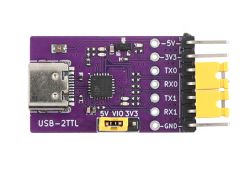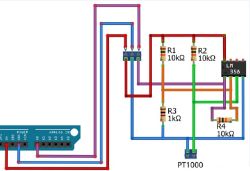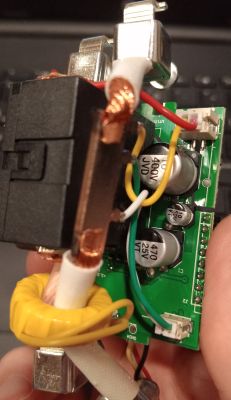Hi,
I am currently planning a garden irrigation controller, with Wi-Fi access.
And I'm faced with a dilemma:
Is it better to use some ARM + control via AT commands with an ESP8266/ESP-07 module ?
Or using the ESP-12F as the main processor + extending it with some expander for additional GPIOs?
The ESP-12F WiFi module is a pretty good processor, and it seems to me that putting 2 processors into a device is a bit pointless.
On the other hand, writing quite an extensive program (wifi communication + watering zones + some kind of work schedule + control of valves + TFT display + reading from sensors) seems to me to be a pain in the Arduino IDE. Timers, no debugger, slow programming....
Using STM32 in LQFP-64 enclosure will raise the comfort of writing code, and solve the GPIO problem, but will raise the cost + ESP module will be wasted.
What is your opinion?
I am currently planning a garden irrigation controller, with Wi-Fi access.
And I'm faced with a dilemma:
Is it better to use some ARM + control via AT commands with an ESP8266/ESP-07 module ?
Or using the ESP-12F as the main processor + extending it with some expander for additional GPIOs?
The ESP-12F WiFi module is a pretty good processor, and it seems to me that putting 2 processors into a device is a bit pointless.
On the other hand, writing quite an extensive program (wifi communication + watering zones + some kind of work schedule + control of valves + TFT display + reading from sensors) seems to me to be a pain in the Arduino IDE. Timers, no debugger, slow programming....
Using STM32 in LQFP-64 enclosure will raise the comfort of writing code, and solve the GPIO problem, but will raise the cost + ESP module will be wasted.
What is your opinion?





